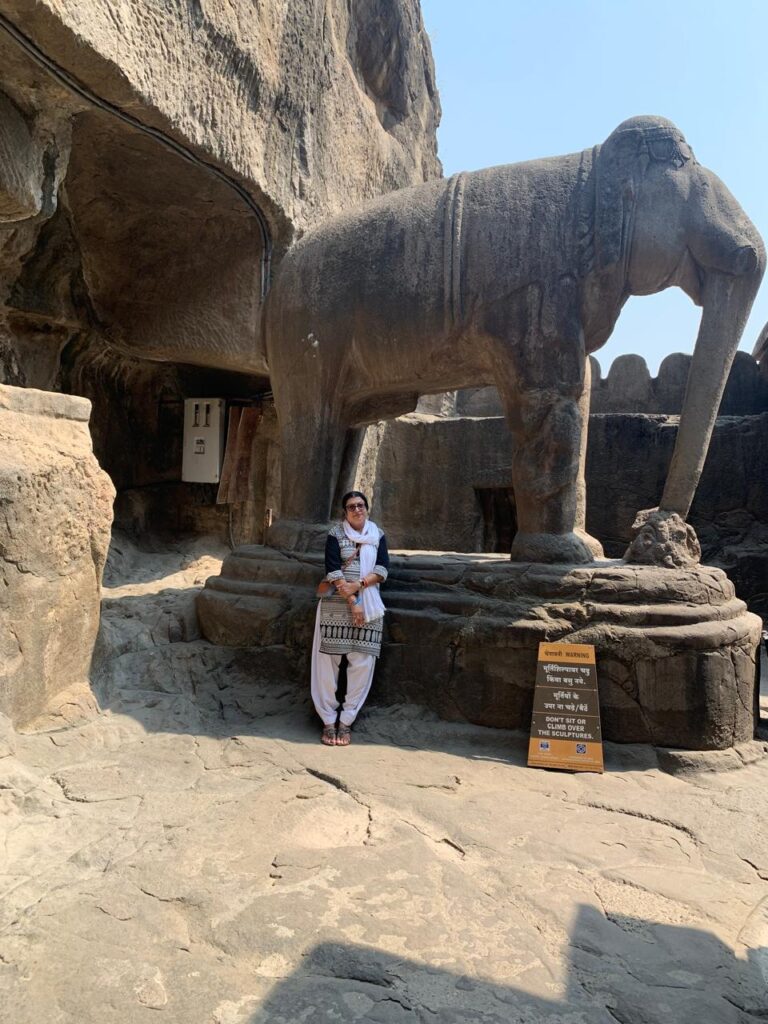
A Journey Through Time: Visiting the Ellora Caves
By Lokanath Mishra:
As I stepped into the majestic Ellora Caves on 28th March 2025, I felt as though I had entered a realm beyond time. The intricate carvings, the towering pillars, and the serene ambiance all blended together to transport me to an era long past.
Located in the Aurangabad district of Maharashtra, India, the Ellora Caves are a testament to the ingenuity and craftsmanship of ancient Indian artisans. This UNESCO World Heritage Site is home to over 100 caves, each one a masterpiece of rock-cut architecture.
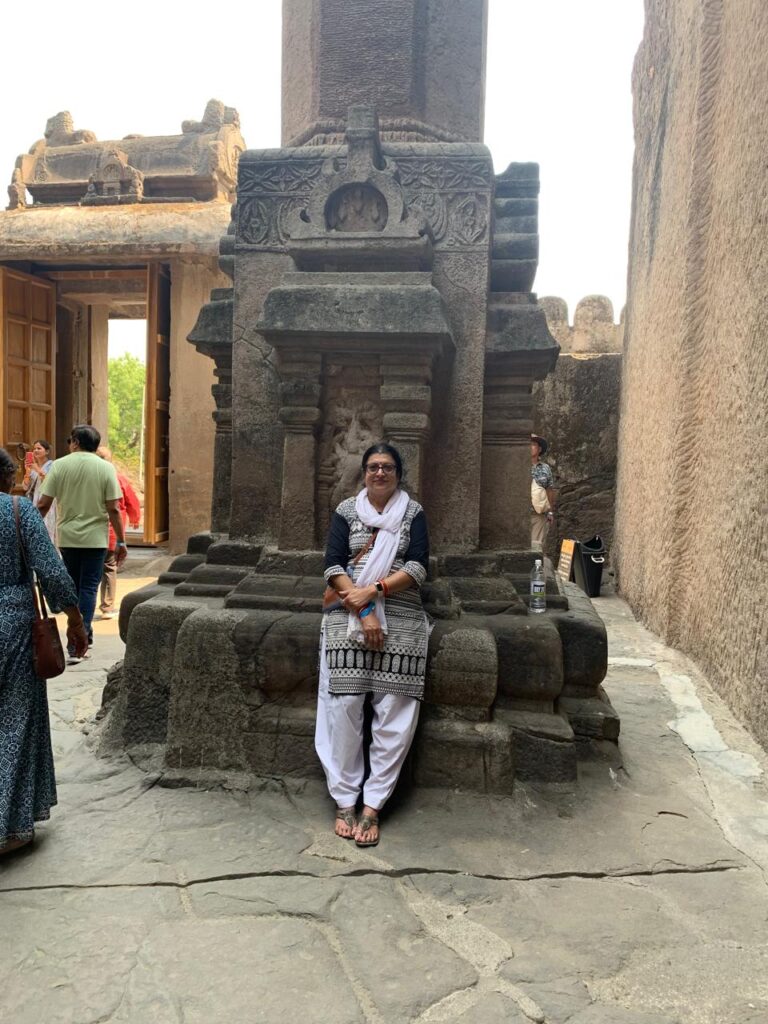
As I wandered through the caves, I marveled at the stunning sculptures and reliefs that adorned the walls. The Hindu, Buddhist, and Jain caves, each with its unique deities and mythologies, stood as a testament to the religious harmony that existed in ancient India.

The Kailash temple, a chariot-shaped monument dedicated to Lord Shiva, left me awestruck. Its sheer scale and intricate carvings made it a true marvel of engineering. I felt as though I had stumbled upon a hidden treasure, a secret that had been hidden for centuries.
As I explored the caves, I couldn’t help but feel a sense of reverence for the artisans who had created these masterpieces. Their skill, dedication, and passion had resulted in a legacy that would be cherished for generations to come.
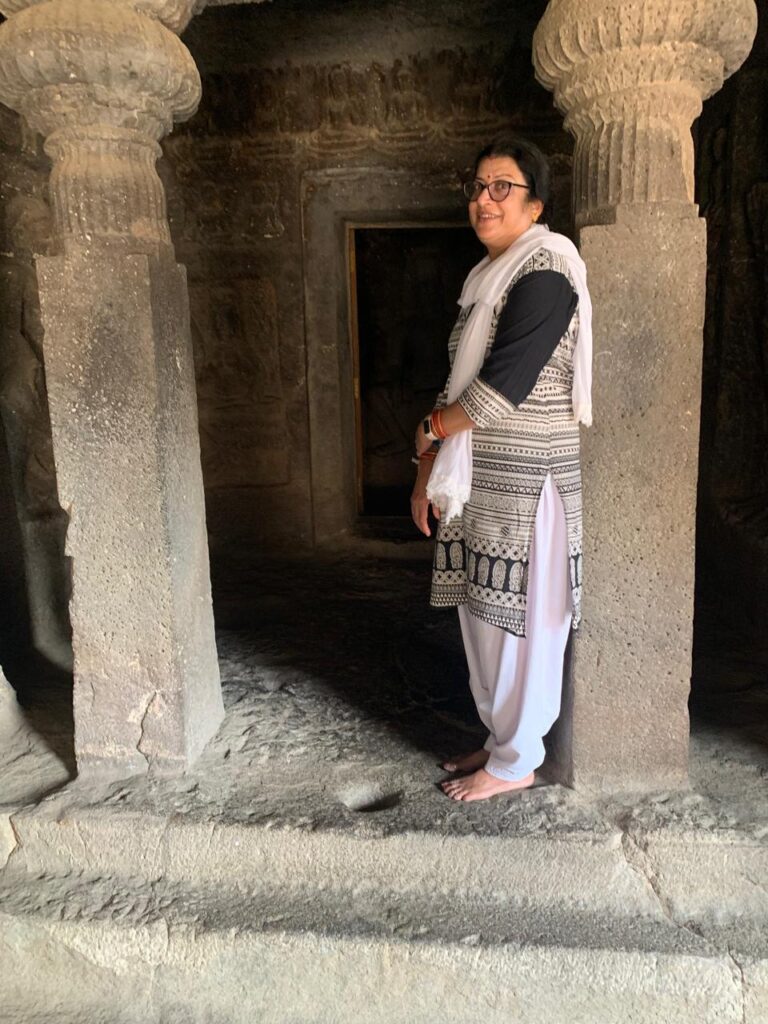
The Ellora Caves are more than just a historical site – they are a window into the past, a glimpse of a civilization that was ahead of its time. As I left the caves, I felt grateful for the experience, knowing that I had been a part of something much larger than myself.
The memories of my visit to the Ellora Caves will stay with me forever, a reminder of the power of human creativity and the enduring legacy of ancient India’s rich cultural heritage.
Unveiling the History of the Ellora Caves
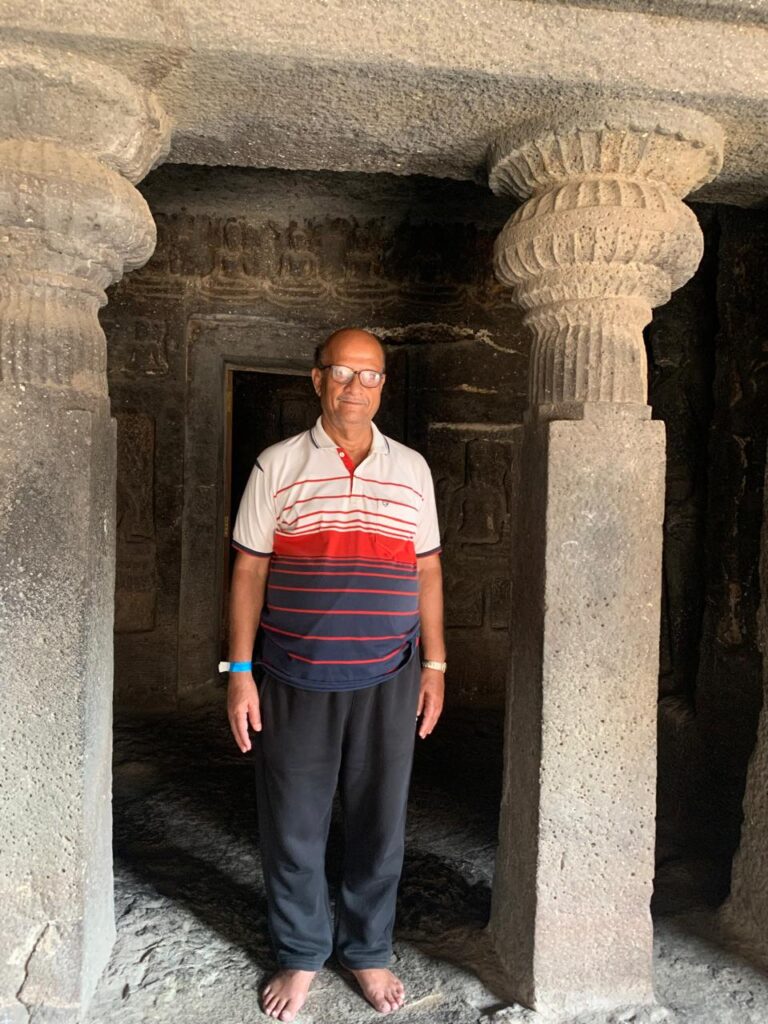
As I delved deeper into the Ellora Caves, I became fascinated by the rich history that surrounded these ancient structures. The caves, dating back to the 6th and 9th centuries, are a testament to the architectural and artistic prowess of the ancient Indians.
The earliest caves, built during the reign of the Rashtrakuta dynasty (753-982 AD), were primarily Buddhist. These caves, numbered 1-12, feature intricate carvings and sculptures that depict various Buddhist deities and mythologies.
The Hindu caves, built during the same period, are a masterpiece of rock-cut architecture. The Kailash temple, cave 16, is the most impressive of these, featuring a massive monolithic structure that was carved out of a single rock.
The Jain caves, built during the Yadava dynasty (1187-1317 AD), are a testament to the religious harmony that existed in ancient India. These caves, numbered 30-34, feature intricate carvings and sculptures that depict various Jain deities and mythologies.
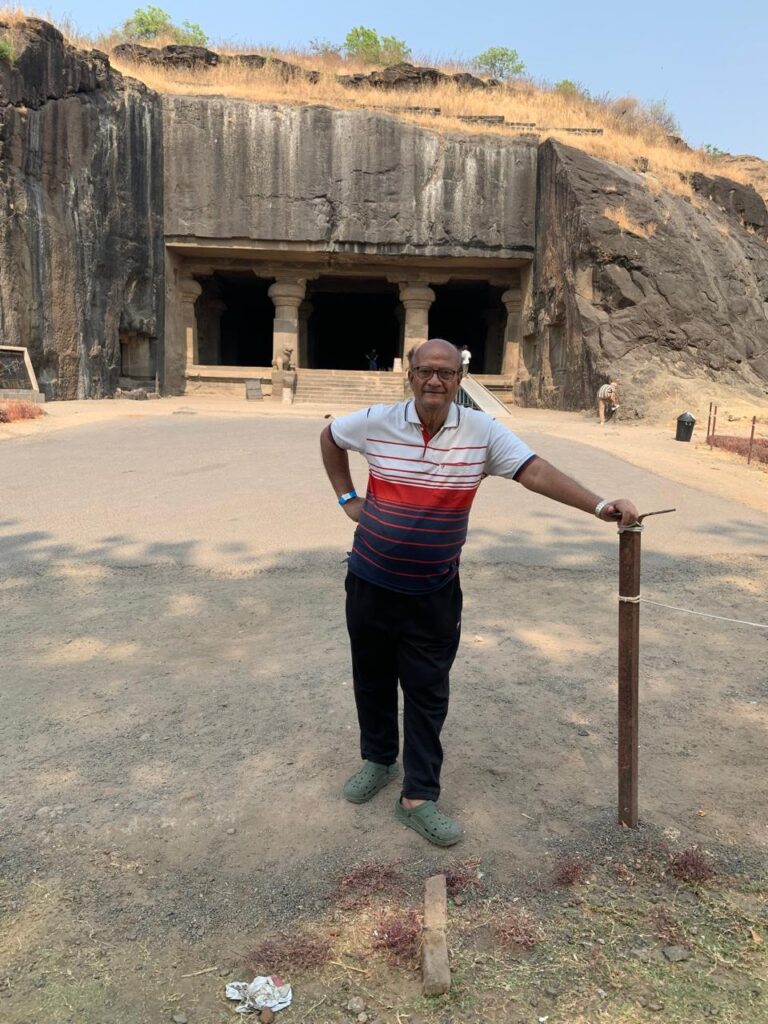
Throughout history, the Ellora Caves have been a silent witness to the rise and fall of various dynasties and empires. The caves have been damaged and restored several times, with the most significant restoration work being done by the British in the 19th century.
Despite the passage of time, the Ellora Caves remain an important cultural and historical site, attracting millions of visitors every year. As I stood before these ancient structures, I felt a deep sense of respect for the artisans and craftsmen who had created them, and a sense of awe at the enduring legacy of ancient India’s rich cultural heritage.
The history of the Ellora Caves is a testament to the power of human creativity and the importance of preserving our cultural heritage. As I left the caves, I felt grateful for the experience, knowing that I had been a part of something much larger than myself.
